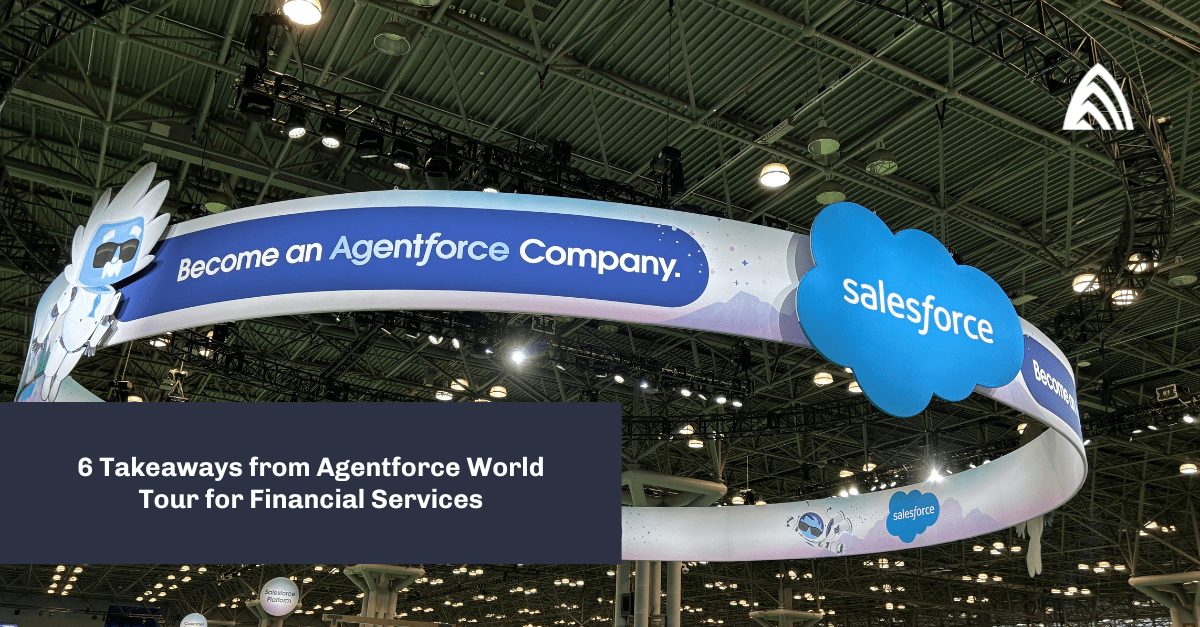Record sharing and data security is at the heart of every Salesforce org. It’s critical that the right people have the right access to the right data. Achieving this goal isn’t always simple.
A doctor friend at a thriving multi-office practice told me he was sick of not having access to the basic patient details he needed and that he was losing faith in the promise of the connected world. I told him to stay positive—that his problem could be a record sharing or visibility one that could be resolved in a few clicks.
But what exactly is a “record sharing” or “visibility” issue?
Someone in my local Salesforce Community Group said that anytime she hears multiple sharing terms in the same sentence, like role hierarchy, sharing rules, OWDs, etc., she feels like she’s stuck in the iconic shrimp list scene from Forrest Gump, where Bubba spends hours rattling off every shrimp dish he can think of, “…shrimp creole, shrimp gumbo, pan fried, deep fried…pepper shrimp, shrimp soup…shrimp and potatoes.” She said that anything she’s ever read on the topic of sharing uses “too many buzzwords, not enough context, or doesn’t bring things together”. A group of others nodded in agreement, and the idea for this article was born.
Salesforce record access and data security are some of the most important topics to master in Salesforce, yet they’re also some of the trickiest to grasp.
This is because the topic is broad, nuanced, and business specific; it also requires precision play among disparate components that don’t always live near each other on the backend. Conceptually, I don’t find them particularly linear to sort through either, which is my brain’s preference. Add this to the fact that record sharing within Salesforce is packed with Salesforce terms that are relatively simple individually—but bringing them together can be tough because we typically learn the concepts in a vacuum and mastering them takes time.

Record access, sharing & visibility, and data security sit at the root of critical business questions
Here’s a bit more context.
- Everett no longer works here; can he still go online and use his Salesforce login to export Leads?
- Can Marty see Emmett’s Opportunities? If yes, can he edit or delete them?
- Jack and Rose are on the same Sales team; can they see each other’s Accounts?
- Who can see what’s entered in the (custom) Salary field we use on our Contacts?
- Who can run reports on our medical Diagnostic Summary (object) data?
- Everyone can see all Accounts, but can Pete view Tasks that Penny logged on Pete’s Account? Can Penny view Pete’s Tasks in addition to her own if she logs them on an Account Pete owns?
Ideally, questions like these are thoughtfully contemplated ahead of any Salesforce build, but that’s not always the case. The fact is businesses move quickly and people want their data to hustle along with them. Although I’ve planned and built carefully executed Salesforce solutions, I’ve also stumbled into some pretty legendary, rapid-fire pepperings of who-sees-whats-and-whys.
These experiences led me to frame the remaining focus of my article around specific Questions to Ask that I find helpful to ask in determining record sharing across any situation, whether proactive or reactive.
I also wanted to stack conversational sharing on top of an informed macro view of sharing to provide the jargon-lite, context-rich content that the folks in my local Salesforce group said they hadn’t been able to find. That’s right, there will be no more Shrimp List scenes for them or anyone else who’s ever felt that way about Salesforce sharing and ended up here with the fortitude to read on.
You may go through these questions to ultimately learn you have to dig even deeper into topics not included in this article, such as Implicit Sharing, Team Sharing, Apex Sharing (user-generated or managed), or even Enterprise Territory Management. I do, however, genuinely feel that my Questions to Ask are a great place to start.
If you’re still here–and on the off-chance you chuckled at my Bubba/Forrest lines from earlier–I’ll leave you with this. When I began my Salesforce technical training, my instructor Howard Morgan said something in passing that stuck with me. It was in reference to Salesforce’s ability to isolate virtually anything within its environment. ”You remember Tom Hanks in the movie Castaway? ,” Howard said. “At least the guy who wrote that script was nice enough to give Tom Hanks access to Wilson.”
The power of Salesforce can raise questions. Effective implementations of this powerful tool should raise questions, too, but we can help. Atrium lives and delivers at the intersection of industry strategy, intelligent platforms, and data science, empowering our customers to maximize the power of their data to solve their most complex challenges. We have a unique understanding of the role data plays in the world today and serve as market leaders of intelligent solutions.
Our data-driven, industry-specific approach to business transformation for our customers places us uniquely in the market. This means that whether you’re just beginning to craft your Salesforce record sharing model, or you’ve already built a custom record sharing solution that you’d like to revisit, or you fall somewhere in between, Atrium can help. (Plus, we love movie quotes.)









